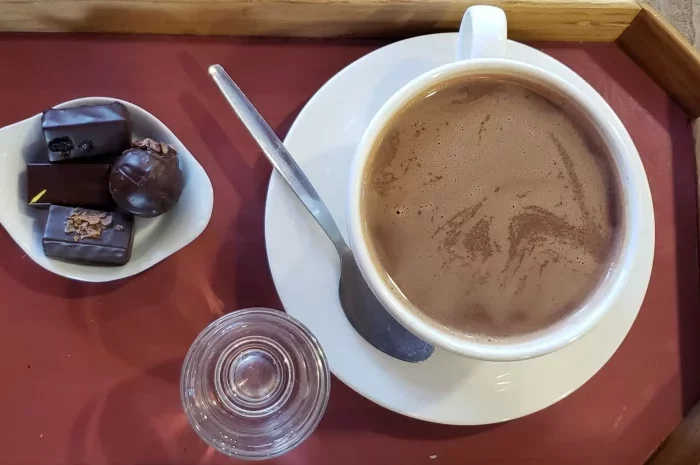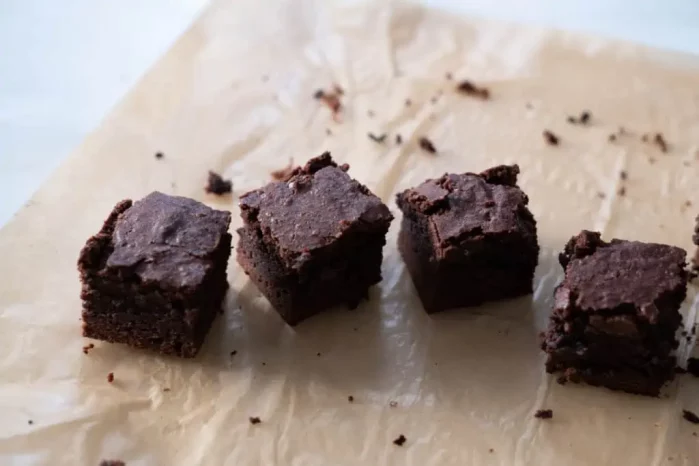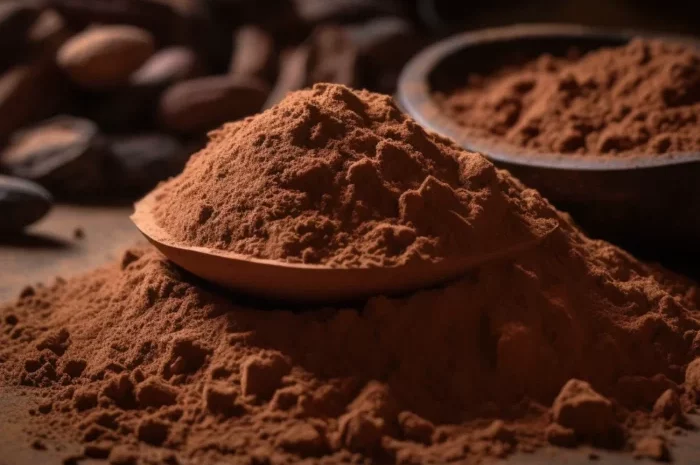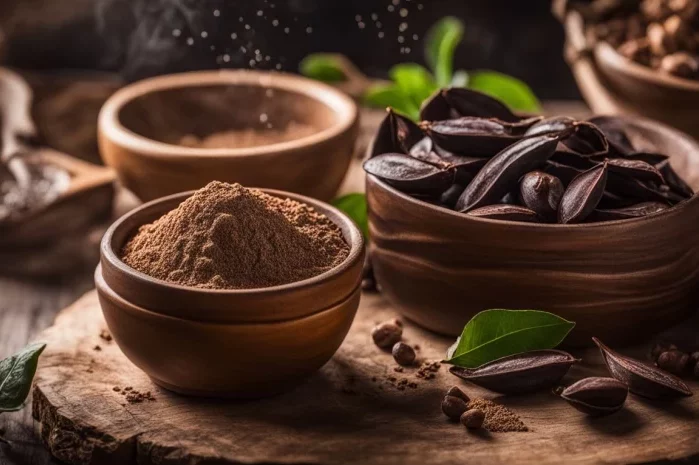As the temperatures drop and winter settles in, there’s nothing quite as comforting as wrapping your hands around a steaming mug of chocolatey goodness.
But amidst the cozy charm of winter beverages, a debate rages on: hot cocoa vs. hot chocolate. While the terms are often used interchangeably, they actually refer to two distinct beverages with subtle differences in flavor, ingredients, and preparation methods.
In this comprehensive guide, we’ll unravel the nuances of hot cocoa and hot chocolate, exploring their origins, ingredients, and taste profiles. By the end, you’ll be equipped to decide which is better suited to warm your soul during the chilly months.
Hot Cocoa
Let’s start by examining hot cocoa, a beloved beverage with a rich history and a timeless appeal:
Origins:
Hot cocoa traces its roots back to ancient civilizations, where cacao beans were prized for their rich flavor and ceremonial significance. The Mayans and Aztecs consumed a bitter, frothy beverage made from ground cacao beans, chili peppers, and spices—a far cry from the sweetened version enjoyed today.
Ingredients and Preparation:
Modern hot cocoa typically consists of cocoa powder, sugar, milk or water, and sometimes a pinch of salt for balance. The cocoa powder is derived from roasted cacao beans that have been ground into a fine powder, resulting in a rich, chocolatey flavor. To make hot cocoa, the cocoa powder is mixed with sugar and heated with milk or water until smooth and creamy.
Flavor Profile:
Hot cocoa is known for its light, chocolaty flavor and creamy texture. It’s slightly sweet, with subtle notes of cocoa and a hint of richness from the milk. The sweetness can be adjusted to taste by adding more or less sugar, making it a versatile beverage that appeals to a wide range of palates.
Hot Chocolate
Now, let’s turn our attention to hot chocolate, a luxurious treat that’s often associated with indulgence and decadence:
Origins:
Hot chocolate has a longer and more complex history than hot cocoa, with origins dating back to Mesoamerican civilizations such as the Mayans and Aztecs. However, it wasn’t until the 17th century that hot chocolate gained popularity in Europe, where it was enjoyed by royalty and aristocrats as a fashionable and luxurious beverage.
Ingredients and Preparation
Unlike hot cocoa, which is made from cocoa powder, hot chocolate is crafted from melted chocolate bars or chocolate chips, milk, and sometimes cream. The chocolate is melted into the milk over low heat, creating a rich, velvety liquid that’s perfect for sipping on cold winter days.
Flavor Profile:
Hot chocolate is characterized by its deep, intense chocolate flavor and velvety texture. It’s richer and more decadent than hot cocoa, with a luxurious mouthfeel and lingering cocoa notes. The use of real chocolate gives hot chocolate a complexity of flavor that’s unmatched by cocoa powder-based beverages.
Hot Cocoa vs. Hot Chocolate: Which Is Better?
Now that we’ve explored the origins, ingredients, and flavor profiles of hot cocoa and hot chocolate, it’s time to address the burning question: which is better? The answer ultimately depends on your personal preferences and the occasion:
Hot Cocoa:
Best for: Cozy evenings by the fireplace, family gatherings, quick and easy treats.
Benefits: Lighter, less rich than hot chocolate, customizable sweetness level, quicker to prepare.
Ideal Pairings: Whipped cream, marshmallows, a sprinkle of cinnamon or nutmeg.
Hot Chocolate:
Best for: Special occasions, indulgent treats, impressing guests.
Benefits: Rich, velvety texture, intense chocolate flavor, luxurious mouthfeel.
Ideal Pairings: Whipped cream, chocolate shavings, a splash of liqueur (such as peppermint schnapps or Irish cream).
Health Considerations:
When it comes to health considerations, both hot cocoa and hot chocolate can be enjoyed in moderation as part of a balanced diet. However, there are some differences to consider:
1. Nutritional Content:
Hot cocoa typically has fewer calories and less fat than hot chocolate, as it’s made from cocoa powder rather than melted chocolate.
Hot chocolate tends to be higher in calories and fat due to the use of real chocolate, cream, and sometimes additional sweeteners.
2. Antioxidant Content:
Both hot cocoa and hot chocolate contain antioxidants derived from cocoa beans, which may have health benefits such as reducing inflammation and improving heart health.
However, the antioxidant content can vary depending on the quality and processing of the cocoa or chocolate used.
3. Added Ingredients:
Hot cocoa and hot chocolate can be made with a variety of additional ingredients, including sugar, cream, marshmallows, and flavored syrups.
Consider opting for lower-sugar and dairy-free alternatives to reduce the calorie and fat content of your beverage.
Conclusion:
In the debate between hot cocoa and hot chocolate, there’s no clear winner—both beverages offer their own unique charms and flavors.
Whether you prefer the light and creamy sweetness of hot cocoa or the rich and indulgent decadence of hot chocolate, there’s a warm and comforting beverage to suit every taste and occasion.
So embrace the chilly weather, gather your favorite ingredients, and cozy up with a steaming mug of chocolatey goodness. After all, there’s nothing better than a sip of warmth to brighten even the coldest winter day.

























